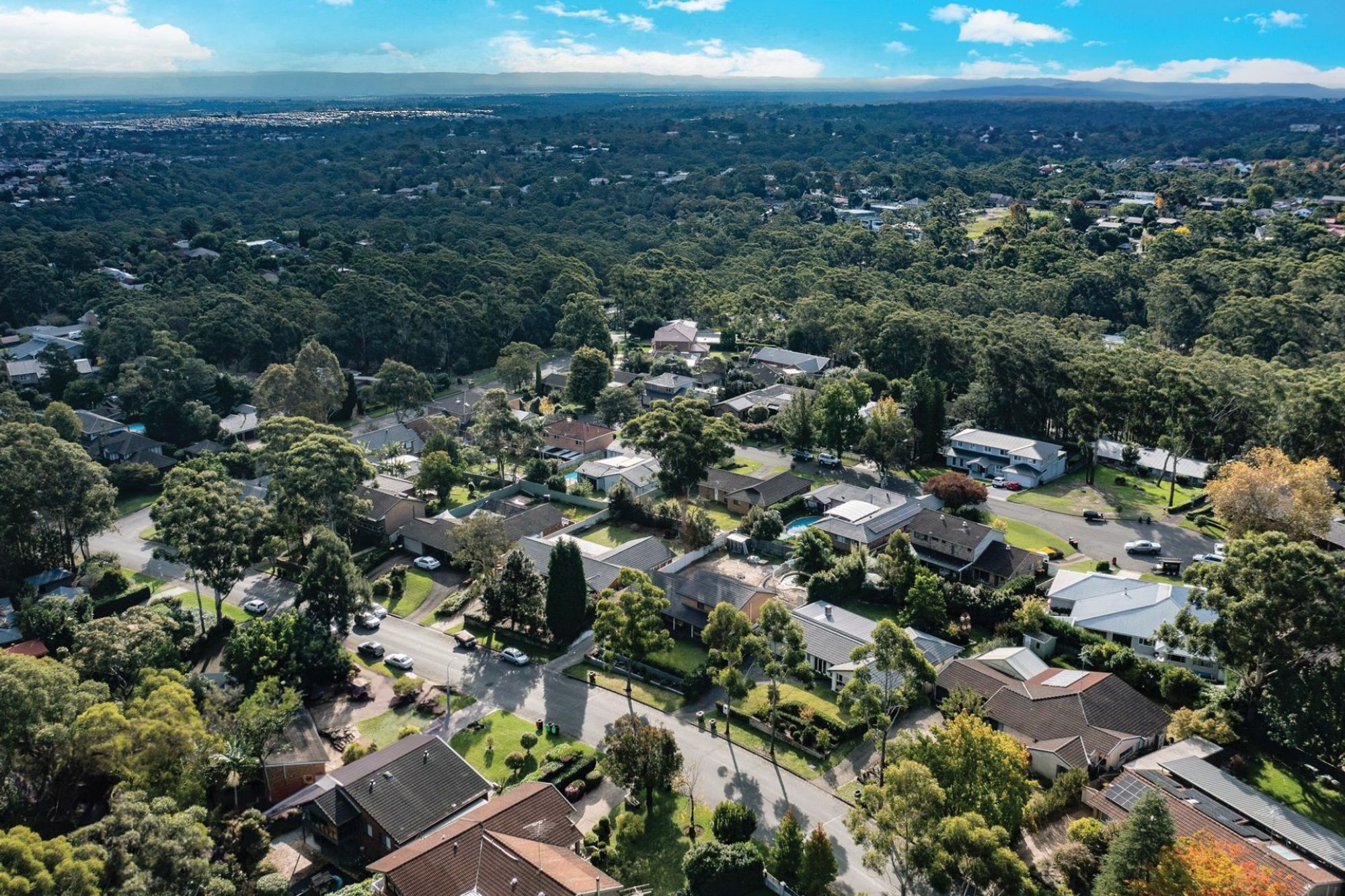
The effect of mounting economic pressures on property investors across Greater Sydney
In the face of an ongoing imbalance in property markets across the country, with demand generally outstripping supply, the Greater Sydney market has seen a significant increase in investor-owned properties being listed for sale, with recent research from CoreLogic1 showing that the portion of inferred investor listings has increased in all major regions across the area.2
Could this herald a shift in the market as more and more properties become available? What repercussions could this have for buyers and renters? Here we analyse some of the latest statistics, delve into why investors may be rushing to sell and discuss the possible effects this may have on the wider market as we head into the second half of 2023.
Why are we seeing a higher proportion of investor-owned listings?
Some regions, like Central Coast and Sutherland, have shown only a small increase in the number of investor-owned listings compared with the previous 10-year average for May (up 0.2% and 0.9%, respectively). However, others have shown increases of as much as 18.9% (Sydney City and Inner South) in the proportion of investment properties for sale.

Why are investors choosing to sell now?
It’s impossible to pinpoint why vendors choose to sell without asking them individually; however, there are some market-wide trends that could be contributing to increased numbers of investors choosing to list their properties.
Interest rates First, and perhaps most obvious, is the interest rate-hike cycle that has been making mortgages increasingly difficult to service. While the majority of owner-occupiers will tend to rejig their finances to ensure their homes are safe, investors may find it simpler and more financially viable to offload their investment property, thereby reducing their debt and securing their own home and financial position against further economic pressures.
Greater cost, smaller returns A second factor could be that although rents have risen dramatically over the past year, in most cases, they have not equalled, let alone outpaced, the higher mortgage repayments, meaning that investors are left having to make up the difference from other income sources. In some cases, investors will have bought their property when interest rates were exceptionally low but with little margin - given the general sentiment that rates would not rise at least until 2024. Now, with the stresses caused by a 4% hike in interest rates and rising levies, rates and other costs associated with maintaining a property, some investors are seeing their rental returns dwindling to unsustainable levels, with a large proportion of properties slipping into negatives gain.
A vendor’s market Another factor driving this trend may be that people are seeing how the current market favours vendors, with tight supply driving competition among buyers as demand remains high. Although we are seeing some buyer caution in light of tighter lending restrictions and the potential for further rate rises, some buyers have understood that now may be the time to get into the market with a fixed-term loan before further rate rises and greater cost-of-living pressures hit.
Cashing in on long-term capital gain Finally, after the astronomic growth seen across most Sydney markets in recent years, some investors are simply taking the opportunity to realise the capital gains that their properties have engendered and revamp their investment portfolios.
What could this mean for the market at large?
More stock on the market We’ve seen an unusual uptick in sales activity this winter, with investor-owned listings playing an important role in increasing supply. If this trend continues into the traditional spring selling season, it could mark the beginning of a more balanced market as higher levels of stock become available. We could see a slight cooling of the current heated market if this happens, and in light of this, some vendors have clearly understood that now might be the best time to sell.
Consumer confidence Consumer confidence, meanwhile, is ebbing slightly irrespective of July’s interest rate pause at 4.1%,2 3 as economists predict at least one, if not two, further rate rises for August and September. Perhaps consumers have also noticed the pause-hike-hike pattern that has evolved over the past six months and are exercising greater caution as they realise that July’s pause probably doesn’t signal the end of the hiking cycle. Despite this, Westpac chief economist Bill Evans notes that “consumer expectations for house prices continue to lift” with “optimists outnumbering pessimists by more than five to one”.
In addition, we’ve seen new loan commitments rise by 4.8% for housing over the first quarter 4, suggesting that buyer activity is strengthening despite being lower than it was a year ago. This is more likely a reflection of just how strong the market was in early 2022 rather than evidence of any current weakness. I believe that overall these lending figures remain robust and justify the optimism referred to by Mr Evans.
The rental market A disparity between the increase in rental yields and that of mortgage repayments has been one of the triggers for the current spate of investor-owned listings. As more investors decide to sell, we could see a double-edged sword for renters.
On the one hand, some tenants will be able to shift from renting to owning as greater supply begins to slow price growth and interest rates stabilise. On the other, as more investors sell, there may be fewer rental properties available for rent, which could exert even greater pressure on an already stressed market.
Summing up
We are still in the midst of a volatile economic period, although predictions indicate that by the end of the year, we will have reached the end of the interest-rate hiking cycle and may even have seen early signs of an impending reversal in the upward trend.
Many investors are reaching the tipping point as the costs associated with their property edge towards untenable levels. Because we are in a vendor’s market, many are taking the decision to sell while demand continues to outstrip supply.
This could mark the beginning of a rebalance of the market as more and more properties are listed, which, together with the predicted stabilisation of interest rates, may see price growth slowing slightly towards the end of 2023. Meanwhile, I expect the rental market to remain very tight for some months to come.
Sources
[1] Owen, Eliza. “CoreLogic Property Pulse: As rates rise and times get tough, property investor opt out of market”. CoreLogic, June 22 2023. [2] https://business.nab.com.au/nab-consumer-sentiment-survey-q2-2023-61002/ [3] https://roymorgan-cms-dev.s3.ap-southeast-2.amazonaws.com/wp-content/uploads/2023/07/10233356/9270-ANZ-Roy-Morgan-Consumer-Confidence-July-11.pdf [4]https://www.abs.gov.au/statistics/economy/finance/lending-indicators/may-2023
Other buying, selling and investing articles and resources
Guide to property investment success in NSW
Selling a house or apartment in NSW eBook
Buying a house or apartment in NSW eBook
Was this content helpful to you?





